The Arusha National Park
About
Arusha National Park, located at the base of Mount Meru, is an ideal starting point for a Tanzanian safari. While relatively small, it boasts incredible diversity, with rainforests, waterfalls, lakes, swamps, craters, and mountains creating a variety of habitats. The park is home to an array of wildlife, including giraffes, hippos, flamingos at Momella Lakes, and the unique black-and-white colobus monkeys. Visitors may also spot zebras, warthogs, and various antelopes, with the occasional leopard or buffalo in more remote areas.
The park’s stunning landscapes are framed by the majestic peaks of Mount Meru and Mount Kilimanjaro, adding to its scenic allure. Arusha National Park is perfect for a day trip, offering activities like walking safaris, mountain biking, and canoeing. A guided walking safari provides an intimate experience of the park’s natural beauty, while mountain biking allows exploration of its varied terrain. Canoeing on Momella Lakes gives visitors a chance to enjoy close-up views of wildlife.
With its proximity to Arusha, the park offers both adventure and tranquility, making it an excellent introduction to Tanzania’s natural wonders.
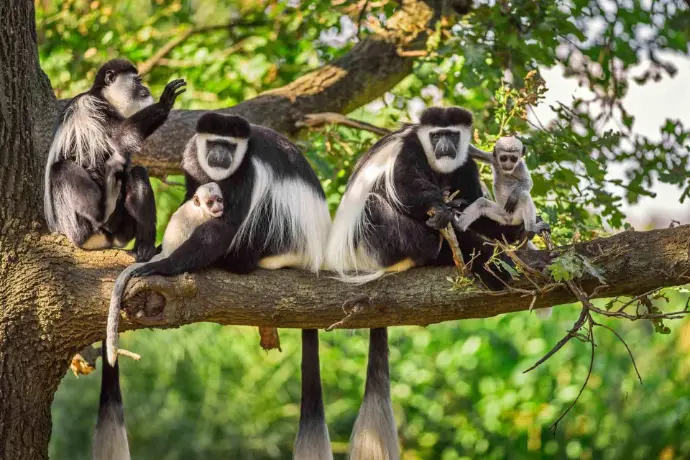
Wildlife
Arusha National Park is home to a rich and varied array of wildlife, making it a fantastic destination for nature enthusiasts. The park’s diverse ecosystems, ranging from lush rainforests to open savannas and wetlands, support numerous species.
One of the park's most iconic residents is the black-and-white colobus monkey, a striking primate with long, flowing tails and distinctive black and white fur. These monkeys thrive in the park's forested areas and are frequently spotted by visitors.
The giraffes here are a common sight, roaming the open plains, along with herds of zebras, warthogs, and a variety of antelopes such as the thomson's gazelle, eland, and waterbuck. The park's hippos can be found wallowing in the waters of the Momella Lakes, where flamingos often gather, especially during the wetter months.
The park also boasts a population of buffalo, and while leopards are elusive, they do inhabit the area, typically hidden in the dense vegetation. Mount Meru's slopes are home to various bird species, including sunbirds, eagles, and the colorful white-cheeked turaco.
Arusha National Park is a vibrant wildlife haven, offering a mix of mammals, birds, and unique species that attract visitors seeking both wildlife and scenic beauty.
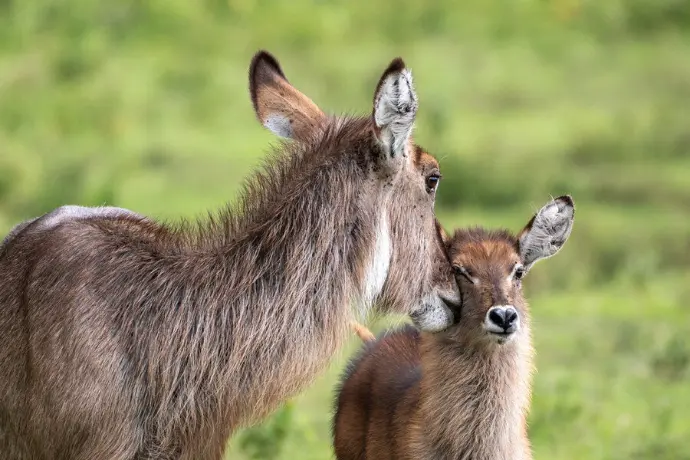
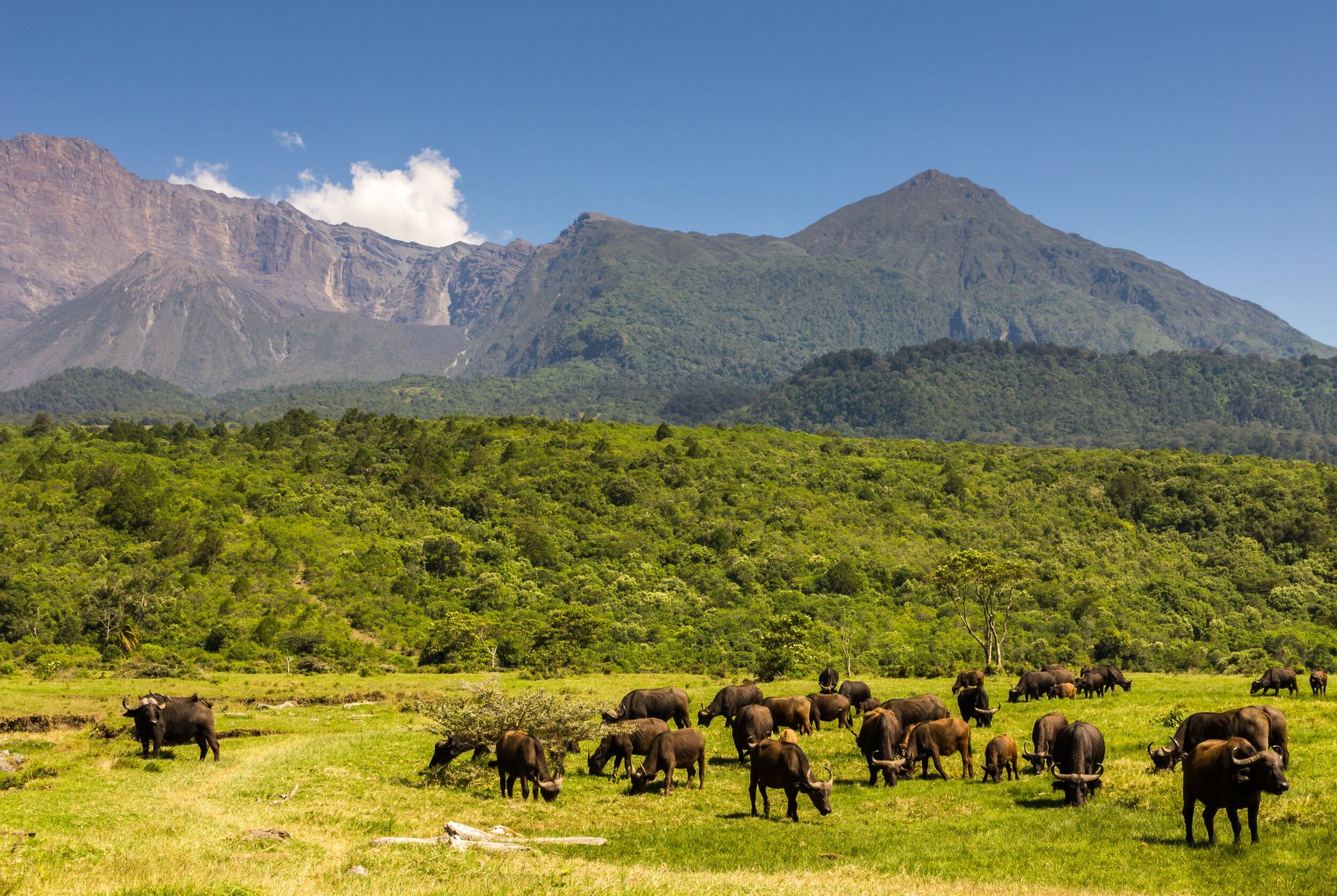
Highlights
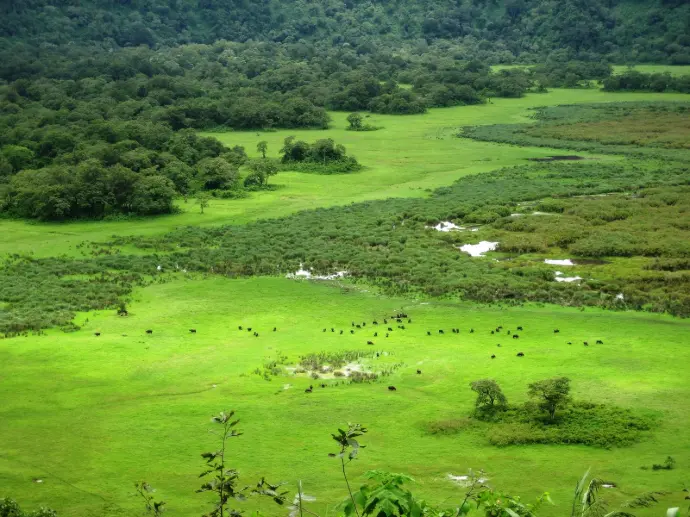
Ngurdoto Crater
Often called "Little Ngorongoro," this stunning crater provides panoramic views and is home to a variety of wildlife, including buffalo and warthogs.
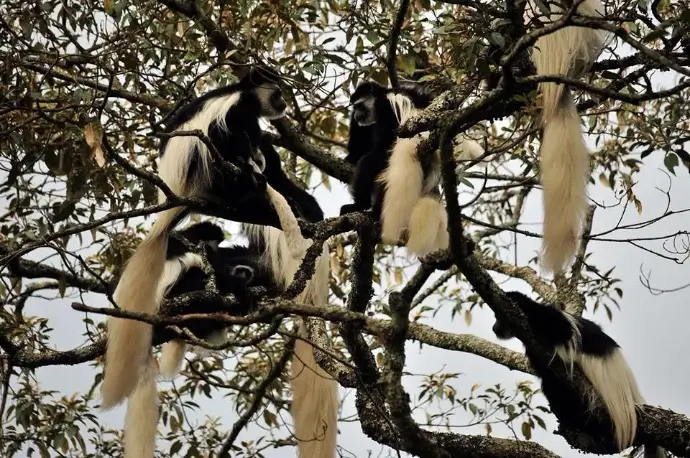
Black-and-White Colobus Monkeys
These distinctive primates are a signature species of the park, often spotted in the park’s lush forests.
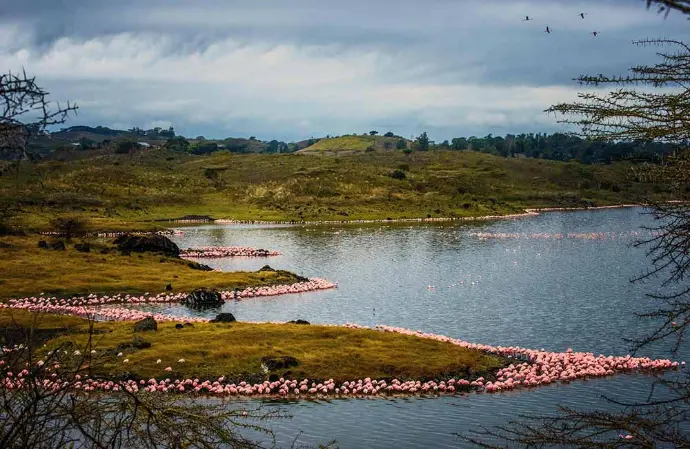
Momella Lakes
A group of seven alkaline lakes that attract flamingos, hippos, and other water-loving animals, offering excellent birdwatching opportunities.
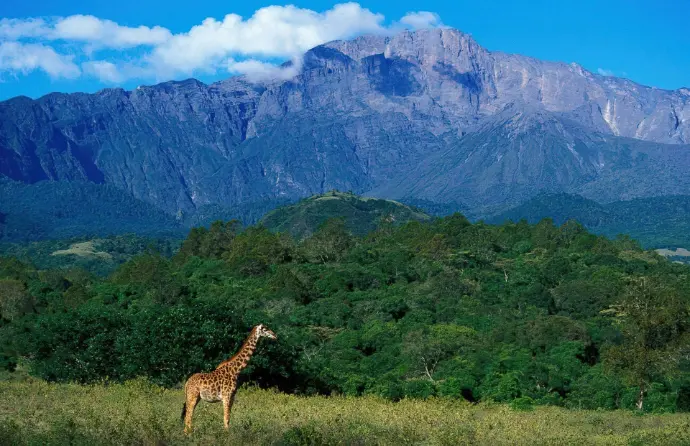
Mount Meru
The park is set on the lower slopes of Mount Meru, Tanzania’s second-highest peak, offering scenic views, hiking trails, and a chance to spot wildlife in the shadow of the mountain.
Walking Safaris
Guided walking safaris provide a unique opportunity to explore the park on foot, getting up close to wildlife and learning about the ecosystem from an expert guide.
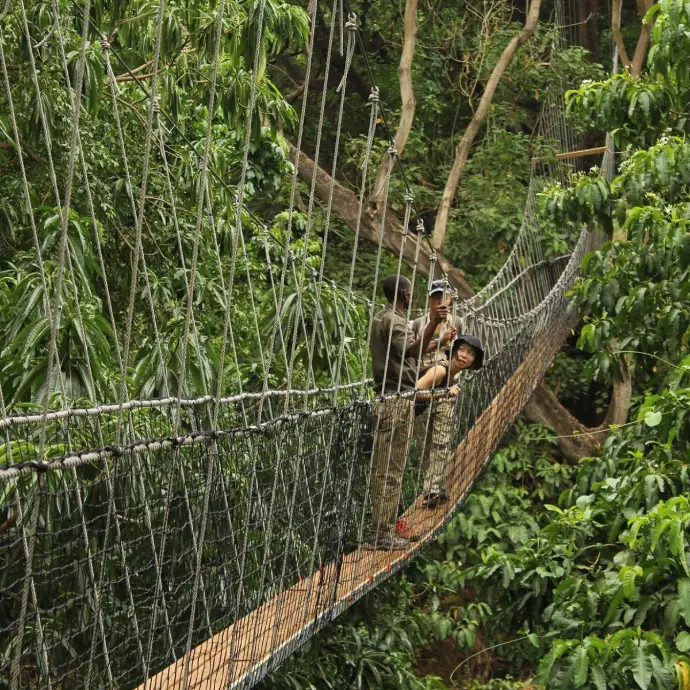
Experience The Adventures
Activities

Game Drives
Heading out during the cooler hours, when wildlife is most active, you'll embark on your adventure in a specially designed safari vehicle, accompanied by an expert guide on the lookout for Africa's big game. For those looking to dive deeper, full-day safari options are also available.
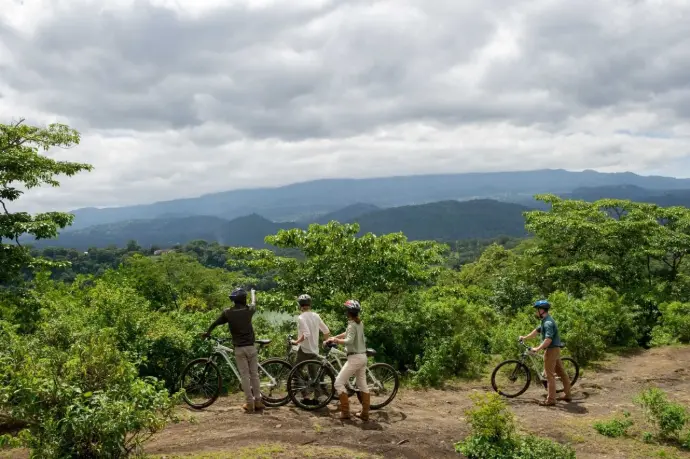
Mountain Biking
Cycling through the park’s varied landscapes allows for an adventurous way to explore, offering scenic views of wildlife and the surrounding terrain.
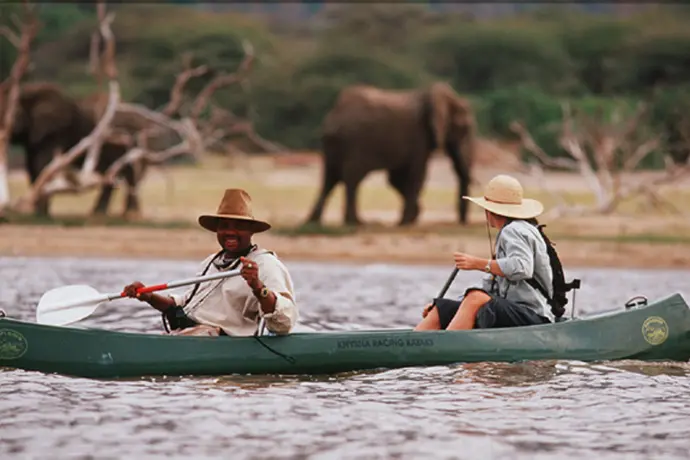
Canoeing
Canoeing on the serene Momella Lakes offers a peaceful experience, providing a chance to see hippos and a variety of birds from the water.
Visiting Timelines
Discover the best times to Visit Arusha National Park.

Dry Season
The sparse vegetation at this time assists with game viewing, and it is considered the best time to visit. Dry season runs from June to October.

The Wet Season
For birdwatching as migratory birds arrive and the park’s landscapes become lush and green. However, some areas may be more challenging to explore due to occasional rains.